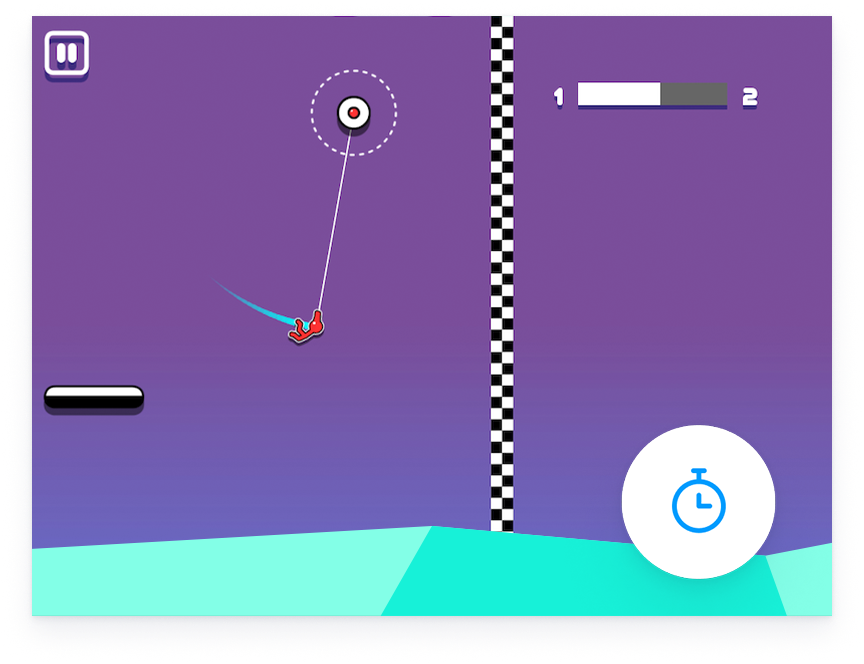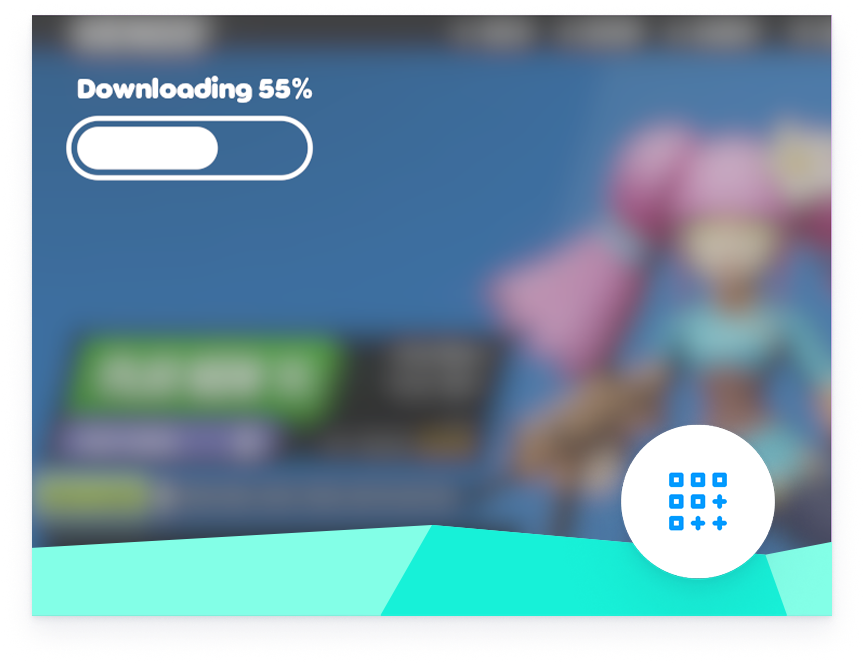Onboarding
You never get a second chance to make a good first impression, and the same can be said about your games. The first couple of minutes can be the determining factor for your game’s success. That’s why you should care a great deal about player onboarding. And we have some tips to help you:
Quick onboarding
| We live in an era where everybody is impatient. So, the sooner the player can get into the actual
game, the better. That’s why you should remove unnecessary steps from
onboarding. You can introduce meta game later on after the player is used to the
mechanics. If the game is hard to master, it’s always a good idea to prepare a tutorial stage instead of showing a pop-up for instructions. |
 |
Tutorials
| The ideal tutorial is one called a “semi-existent tutorial”. This is
when the game shows the player how to play the game as they are playing it. Actions speak louder
than words, so make sure to get the player as involved as possible, and fast! There are different
methods to include this in your game: • By showing a player a mechanic in a safe environment before putting them into a real situation where they need to use this mechanic (e.g. the gravity gun in Half-Life). • By gradually showing players actions or buttons they will need over the course of a couple of levels. This reduces ‘frontal load’ which is where players are shown everything they could possibly need to know about a game straight away. This often leads to players getting overwhelmed and stopping playing. Vision Not Found: Lost Worlds is a good example of how a tutorial can be implemented. All tutorials should be both skippable and accessible any time. This means that returning players can skip it, but new players can go back to it any time. If your game is a sequel, a shorter tutorial than usual is acceptable on the condition that all mechanics are still covered, just in case a player has not played the other original version. You can include a specific tutorial level to show players how to play - but make sure its not all text! |
Progressive loading
| Progressive loading is a technique where only the most necessary files (main menu, tutorial level, first stage, etc.) are downloaded by the player initially. While the player is exploring these areas, the game downloads the remaining files in the background. | 
|
| This may sound like a gimmick, but we promise it’s one of the most important topics for success on the web. The amount of players who drop off during loading shouldn’t be underestimated. Watch our colleague Kasper Mol’s presentation on this topic. |